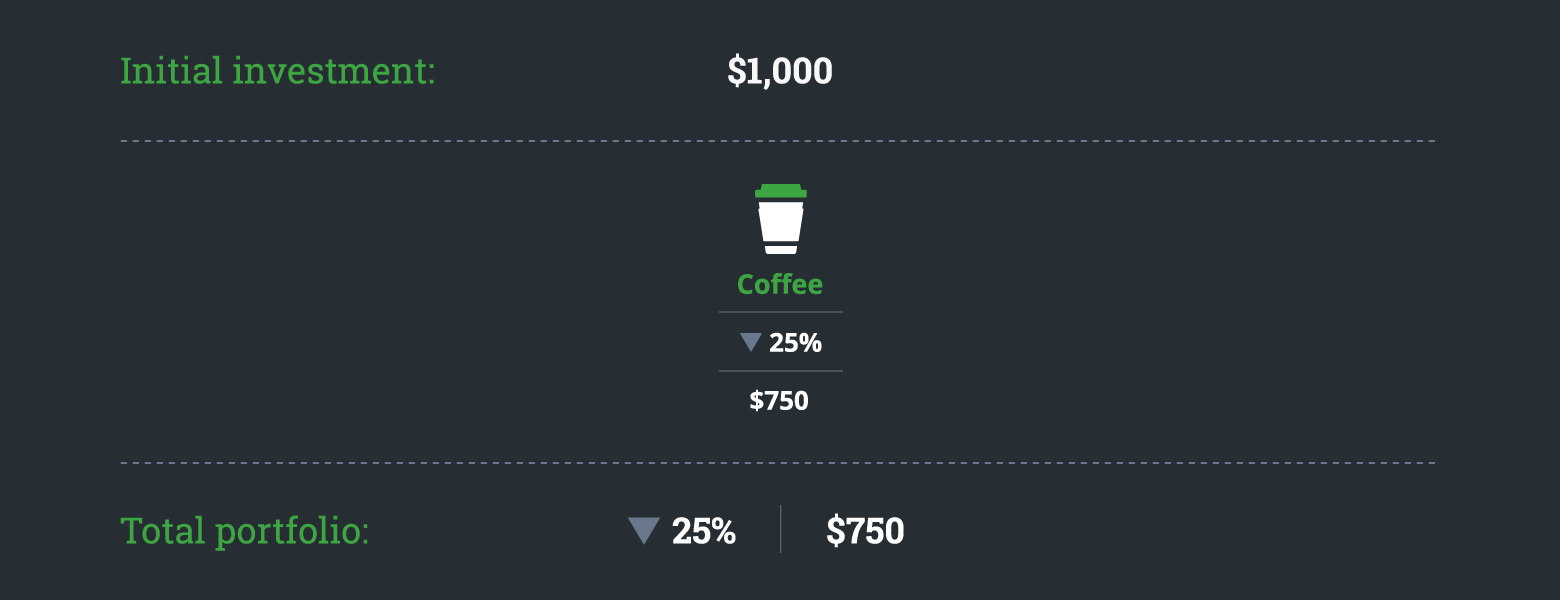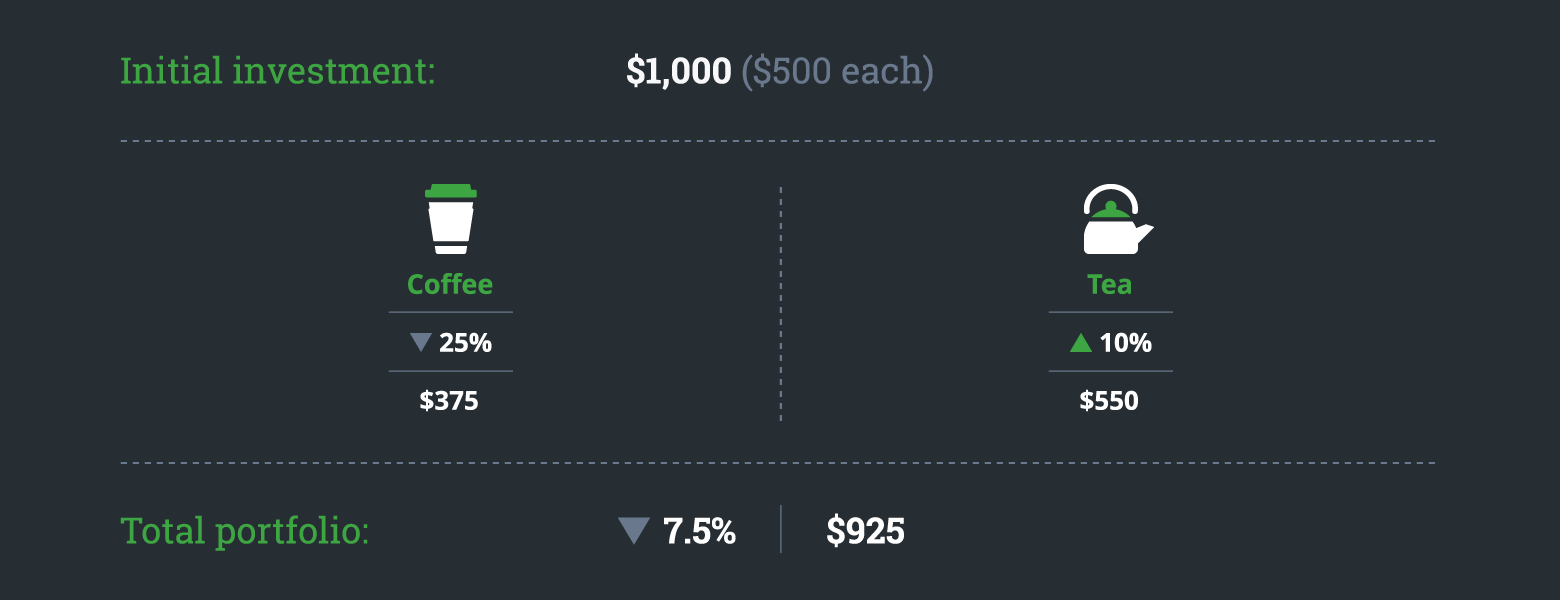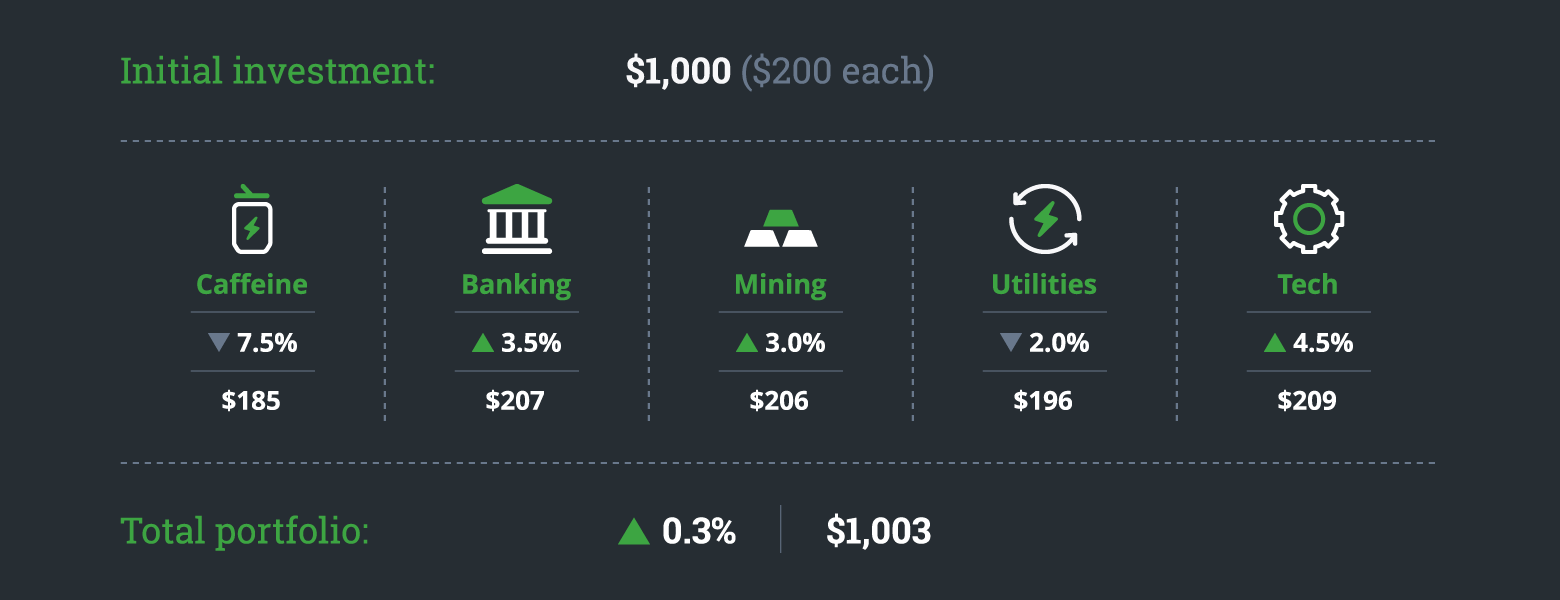Note: The information in this blog is for educational purposes only and should not be used or construed as financial or investment advice by any individual. Information obtained from third parties is believed to be reliable, but no representations or warranty, expressed or implied, is made by Questrade, Inc., its affiliates or any other person to its accuracy.
Lesson Investing foundations
Diversification: an essential part of investment strategy
Gain an understanding of the importance of diversification.
- What diversification means and why it’s important
- The basics of diversifying by asset class and investment product
- Some methods and tools to help you keep your investments diversified

Don’t put all your eggs in one basket. This popular saying is the core idea behind diversification: you don’t want to lose most of your eggs if your basket tips over. When it comes to an investment strategy, diversification might seem a little more complicated than that folksy wisdom, but the idea is the same.
How and why diversification works
In the investment world, diversification generally refers to purchasing a variety of securities, so that your portfolio doesn’t depend on the performance of just one.
The easiest way to show why diversification is important is to see it in action. Let’s look at a hypothetical example using a $1,000 portfolio:
Let’s say your portfolio is just a mountain of stocks in coffee companies, and nothing else. This is fine if the coffee industry is doing well, but if there’s a negative event that drops the price of coffee stocks by 25% (for example, if there was a public health report saying that coffee is bad for you), then the value of your entire portfolio would drop by 25%:

However, if your portfolio is more diversified, this fall in value could be reduced. Continuing the example, if you were to evenly split your $1,000 investment between coffee and tea, then the dip in coffee would only drop your portfolio by half as much (to $875, assuming the value of the tea stocks stay the same). Plus, if some coffee drinkers switch to tea, then your tea stocks may see gains (let’s say a 10% gain), which would mitigate the loss even more:

Of course, in this scenario, you’re still invested entirely in caffeinated beverages. If that report said that caffeine was bad for you and people stopped drinking both, that would still have a negative impact on your entire portfolio. To prevent this, we might diversify further, into industries that aren’t so closely related.
So let’s diversify our hypothetical portfolio even further, investing only 20% of our stocks ($200) in caffeinated beverages, and spread the remaining evenly between, say, banks, mining companies, utilities, and technology companies, investing $200 in each. Applying the 7.5% overall dip on caffeine from the above example, the result may look like this:

In this example, the significant caffeine dip is completely mitigated by the overall gains in other sectors.
In other words, the more you diversify, the less reliant you are on a single company or industry.
Diversification can also be beneficial when stocks are rising.
Large rises of a sector, or of the market as a whole, can often be led by a few large-earners. Since nobody can be certain which stocks or industries are going to lead the next surge, a well-diversified portfolio can greatly increase the likelihood that you will get a share of the gains.
Diversification can also help you to capitalize on stocks that are temporarily down through rebalancing, defined below.
Diversification methods and tools
Exactly how you diversify your portfolio will vary depending on your own research, your level of acceptable risk, your investment timeline, and your overall investment strategy. However you decide to diversify, there are methods and tools to help you keep your portfolio on track with your diversification strategy.
- Rebalance regularly. When an investment sees a gain or loss (particularly if the investment is volatile), its percentage of your overall portfolio will rise and fall. In that last chart, the “Caffeine” and “Utilities” investments dropped while the others rose. When the dust settled, only about 18.5% of your portfolio was Caffeine, instead of the starting 20%. Rebalancing would readjust the portfolio so that “Caffeine” and “Utilities” would once again each represent 20% of your balance, so that any recovery has the proper impact in your overall portfolio.
If you’re looking for help with rebalancing your portfolio, we offer a free tool called Passiv that is designed to help you maintain that ratio, sending you alerts when your portfolio gets too far out-of-balance.
- Consider pre-diversified products. Many ETFs are designed to be diversified to certain specifications, and are regularly rebalanced by their issuing company. The exact composition of ETFs can vary—some are collections of stocks within a specific industry, others are a collection of various asset classes. Just make sure that you are aware of how well the contents of your ETFs fit in with your diversification strategy.
- Get a Questwealth Portfolio. Questwealth Portfolios are investment portfolios that are diversified for you and dynamically rebalanced. Answer a few questions about your financial situation, time horizon and risk tolerance and you’ll receive a portfolio designed to get you to your financial goals.
There’s no universal solution when it comes to diversification. But by understanding how diversification works and why it’s important, you’ll be better equipped to make informed investing decisions that suit your goals and strategy.
If you enjoyed this post, please consider sharing it on Facebook or Twitter!
Related lessons
Read next
Choosing the right products for your portfolio
Discover the different investment products offered at Questrade.
View lessonExplore
Advanced Investment tools
Learn how to set up and use advanced Questrade Edge features including hotkeys and Edge Desktop Screener.
View lesson